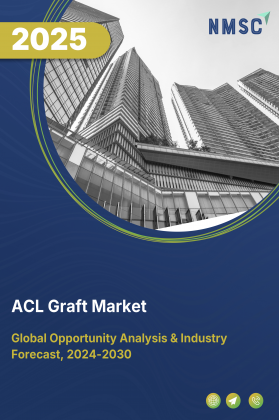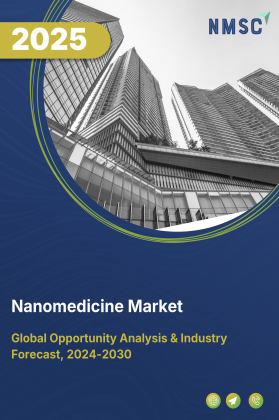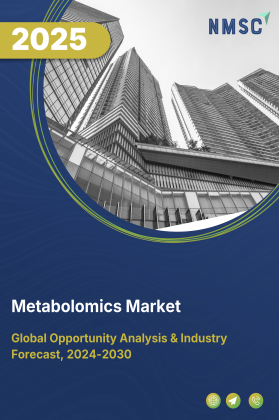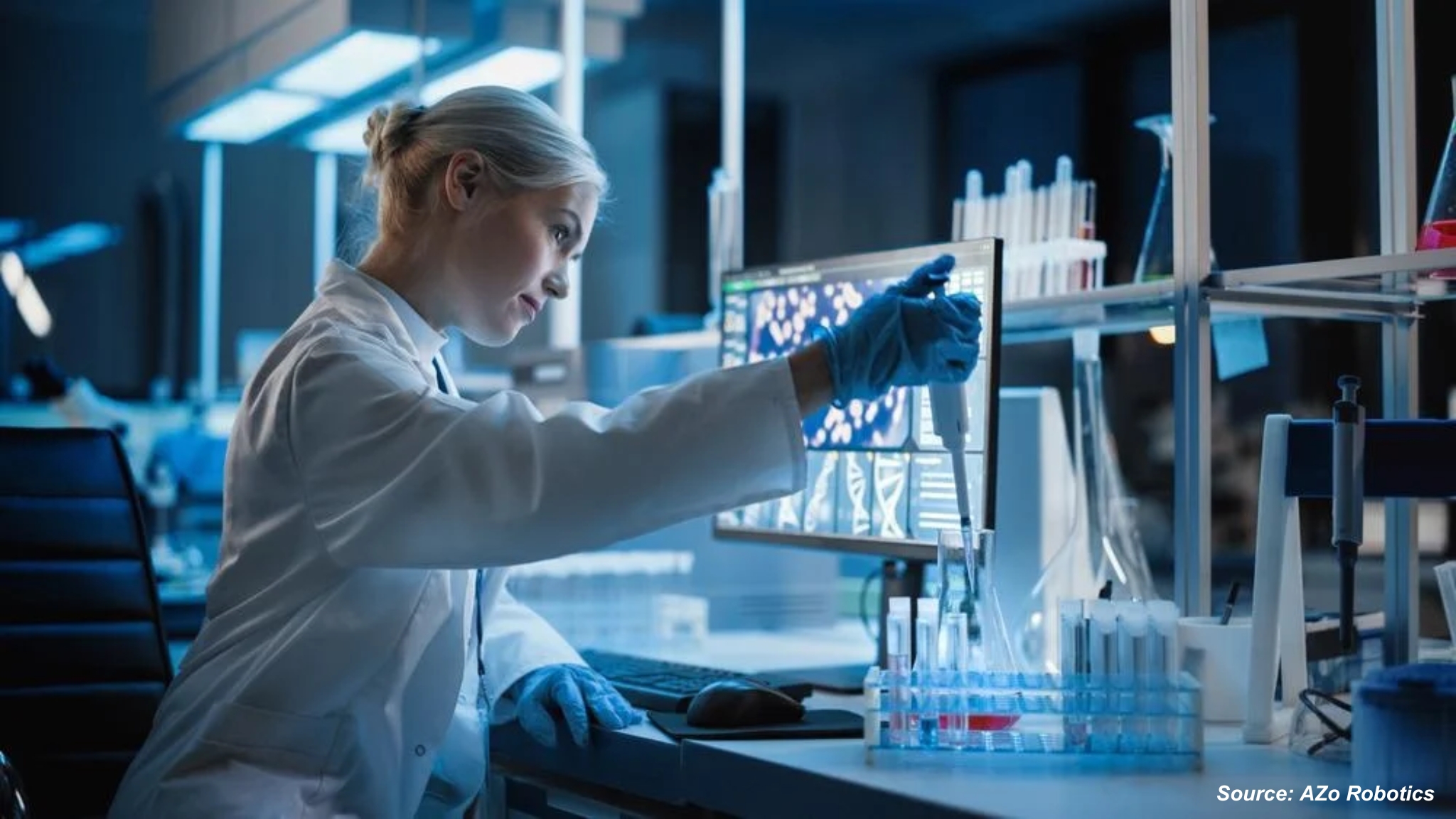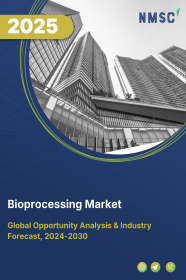
Bioprocessing Market by Products (Biopharmaceuticals, Industrial Enzymes, Biofuels, and Biomaterials), by Mode of Bioprocessing (Batch Processing, Fed-Batch Processing, and Continuous Bioprocessing), by Scale of Operation (Commercial Operations, and Clinical Operations), and by Application (Pharmaceuticals, Biotechnology, Food & Beverages, Agriculture & Animal Feed, Environment & Waste Management, and Other Industrial Applications)- Global Opportunity Analysis and Industry Forecast 2022-2030
Market Definition
The global Bioprocessing Market was valued at USD 17.66 billion in 2021 and is predicted to reach USD billion 44.19 by 2030 with a CAGR of 11.0% from 2022-2030. Bioprocessing refers to the use of biological systems, living organisms, or enzymes for specific industrial or manufacturing processes.
This process includes fermentation, cell cultivation, purification, and downstream processing to manufacture products such as drugs, vaccines, and enzymes. It is used in a variety of industries including pharmaceuticals, food and beverage, and industrial biotech. Bioprocessing often involves the use of bioreactors to control and optimize conditions for the growth and production of cells, microorganisms, or enzymes. The goal is to produce desirable products in a cost-effective and sustainable way, by utilizing biological systems.
Market Dynamics and Trends
The bioprocessing market is growing due to the increasing prevalence of chronic diseases such as cancer and diabetes, coupled with the need for more effective and personalized treatments. This has led to a growing demand for biotechnology-derived therapeutics. Additionally, the development of new bioprocessing techniques, such as single-use technology and continuous manufacturing has made it possible to produce these products in a more cost-effective and sustainable way, which in turn is boosting the growth of the market.
Moreover, various government initiatives in the form of funding and regulations also play a significant role in driving the global market. The National Institute of Food and Agriculture (NIFA), as of June 2021, invested USD 5.4 million in bioprocessing, bioengineering, biofuels, and biobased product research in the United States.
However, bioprocessing is a time-consuming affair and the speed is slow in comparison to other processes such as chemical processing, which may restrain the growth of the bioprocessing market. On the other hand, the research and development of gene-based pharmaceuticals and gene therapy, which holds the potential for the treatment of diseases like cancer and genetic diseases is expected to create ample growth opportunities for the market in the future.
Market Segmentation and Scope of Study
The global bioprocessing market report is segmented on the basis of product, application, and geography. Based on product, the market is classified into biopharmaceuticals, industrial enzymes, biofuels, and biomaterials. Based on the application, the market is segmented into pharmaceuticals, biotechnology, food & beverages, agriculture & animal feed, environment & waste management, and other industrial applications. Geographical breakdown and analysis of each of the aforesaid classifications include regions comprising North America, Europe, Asia-Pacific, and RoW.
Geographical Analysis
North America dominated the global bioprocessing market share in 2021 and is potently expected to remain dominant in the market throughout the forecast period. This is attributed to the increasing production of biofuels in North American countries including the United States. In March 2020, the U.S. Energy Information Administration (EIA) projected that biofuel production in the U.S. will slowly grow through 2050, primarily driven by economic and policy factors.
Moreover, the presence of major market players such as Thermo Fisher Scientific Inc and Danaher Corporation that are adopting strategies including product launches is further accelerating the growth of the market. For instance, in September 2022, Thermo Fisher Scientific Inc. launched Thermo Scientific DynaSpin Single-Use Centrifuge system to provide an optimal single-use solution for large-scale cell culture harvesting. This system improves and streamlines harvesting for cell culture separation in single-use bioprocesses by reducing the number of depth filtration cartridges required to complete the harvest process.
Asia Pacific is projected to exhibit substantial growth in the global bioprocessing market during the forecast period. This is attributed to the growing dairy industry in countries such as India, China, and Russia. Bioprocessing plays a crucial role in the production of various dairy products, including milk, cheese, yogurt, and other fermented dairy products. The use of bioprocessing techniques such as fermentation and enzymatic processing can help to improve the nutritional value, taste, and shelf life of dairy products.
In addition, the increasing prevalence of chronic diseases, such as cancer and diabetes, and the growing focus on personalized medicine in the region are also driving the market. According to the National Library of Medicine, as of June 2022, the cancer incidence in Asia was 169.1 per 1 00 000, accounting for 49.3% of the global cancer incidence. The most common cancers included lung (13.8%), breast (10.8%) and colorectal (10.6%) cancers.
Competitive Landscape
Various market players operating in the bioprocessing industry include Novo Nordisk A/S, Thermo Fisher Scientific Inc., Sartorius AG, Merck KGaA, Danaher Corporation, Applikon Biotechnology B.V., Lonza, Bio-Rad Laboratories, Inc., Agilent Technologies, Solida Biotech GmBH, Waters Corporation, 3M Co.,Boehringer Ingelheim International GmbH, Siemens Healthineers AG,Becton, and Dickinson & Company among others. These market players are adopting various strategies such as product launches, and innovation to maintain their dominance in the global market. For instance, in June 2022, Bio-Rad Laboratories, Inc. launched CHT-prepacked Foresight Pro Columns. This is designed to support downstream process-scale chromatography applications across different stages of biological drug development and production.
Also, in April 2022, Thermo Fisher Scientific opened a new single-use technology manufacturing site in Ogden, Utah. This facility creates additional capacity to produce the high-quality technology and materials needed for the development of new vaccines and breakthrough therapies.
Moreover, in September 2021, Merck KGaA launched ProCellics Raman Analyzer with Bio4C PAT Raman software. This platform provides in-line and real-time monitoring of cell culture critical process parameters and critical quality attributes, for upstream monoclonal antibody and vaccine process development and manufacturing.
Key Benefits
-
The bioprocessing market report provides a quantitative analysis of the current market and estimations through 2022-2030 that assists in identifying the prevailing market opportunities to capitalize on.
-
The study comprises a deep dive analysis of the bioprocessing market including the current and future trends for depicting the prevalent investment pockets in the market.
-
The information related to key drivers, restraints, and opportunities and their impact on the global market is provided in the report.
-
The competitive analysis of the market players along with their market share in the market is also mentioned.
-
The SWOT analysis and Porter’s Five Forces model are elaborated in the study.
-
Value chain analysis in the market study provides a clear picture of the stakeholders’ roles.
Bioprocessing Market Key Segments
By Product
-
Biopharmaceuticals
-
Industrial Enzymes
-
Biofuels
-
Biomaterials
By Mode of Bioprocessing
-
Batch Processing
-
Fed-Batch Processing
-
Continuous Bioprocessing
By Scale of Operation
-
Commercial Operations
-
Clinical Operations
By Application
-
Pharmaceuticals
-
Biotechnology
-
Food & Beverages
-
Agriculture & Animal Feed
-
Environment & Waste Management
-
Other Industrial Applications
By Geography
-
North America
-
U.S
-
Canada
-
Mexico
-
-
Europe
-
Germany
-
France
-
Italy
-
Spain
-
United Kingdom
-
Russia
-
Sweden
-
Rest of Europe
-
-
Asia-Pacific
-
Australia
-
China
-
India
-
Japan
-
South Korea
-
Indonesia
-
Singapore
-
Rest of Asia-Pacific
-
-
RoW
-
UAE
-
Brazil
-
South Africa
-
Israel
-
KSA (Kingdom of Saudi Arabia)
-
Turkey
-
Remaining Countries
-
Key Players
-
Novo Nordisk A/S
-
Thermo Fisher Scientific Inc.
-
Sartorius AG
-
Merck KGaA
-
Danaher Corporation
-
Applikon Biotechnology B.V.
-
Lonza
-
Bio-Rad Laboratories, Inc.
-
Agilent Technologies
-
Solida Biotech GmBH
-
Waters Corporation
-
3M Co.
-
Boehringer Ingelheim International GmbH
-
Siemens Healthineers AG
-
Becton, Dickinson and Company




















 Speak to Our Analyst
Speak to Our Analyst



